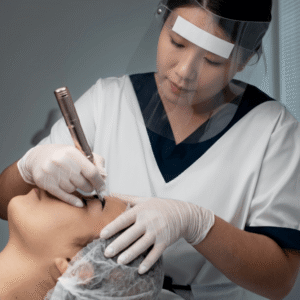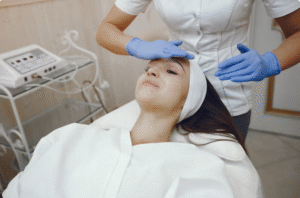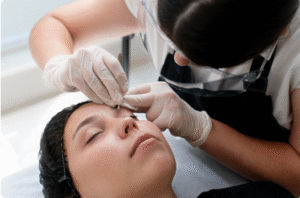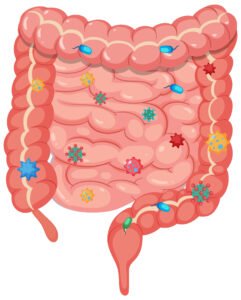Overview
Cryptorchidism, commonly known as undescended testicles, is a condition in which one or both testicles fail to move into the scrotum before birth. It is one of the most common congenital abnormalities in newborn boys. Early diagnosis and treatment are important to prevent complications such as infertility and increased risk of testicular cancer. South Korea provides advanced pediatric urology care for effective management.
What is Cryptorchidism?
Cryptorchidism occurs when the normal descent of the testes from the abdomen into the scrotum is incomplete or delayed. The condition may involve one testicle (unilateral) or both testicles (bilateral). In some cases, the testicle may descend on its own during the first few months of life.
Symptoms
- Absence of one or both testes in the scrotum
- Smaller scrotum on the affected side
- Testicle may be felt in the groin or abdomen
- In rare cases, inguinal hernia may be present
- No pain usually, unless complications arise
Causes
- Premature birth (higher risk in babies born before 37 weeks)
- Low birth weight
- Hormonal imbalances affecting testicular descent
- Genetic factors or family history
- Maternal exposure to certain chemicals or medications during pregnancy
Risk Factors
- Premature infants
- Family history of cryptorchidism
- Certain genetic syndromes (e.g., Down syndrome)
- Maternal smoking or diabetes during pregnancy
- Low birth weight
Complications
- Infertility due to impaired sperm production
- Testicular cancer (higher risk if untreated)
- Testicular torsion (twisting of the testicle causing pain and damage)
- Inguinal hernia
- Psychological or cosmetic concerns in adolescence
Prevention
- Prenatal care and avoiding maternal smoking or exposure to harmful chemicals
- Timely pediatric checkups to detect undescended testes early
- Early referral to a pediatric urologist if abnormal findings are observed
Treatment Options in Korea
South Korea offers specialized care for cryptorchidism through pediatric urology and surgical services:
- Diagnosis
- Physical examination to locate the testicle
- Ultrasound or MRI in cases where the testicle is non-palpable
- Hormonal tests in selected cases
- Monitoring
- In some cases, spontaneous descent occurs within the first 6 months of life
- Regular follow-up exams to track testicular position
- Surgical Treatment (Orchiopexy)
- Standard treatment for non-descended testicles
- Typically performed between 6–18 months of age
- Testicle is moved into the scrotum and fixed in place
- Hormonal Therapy
- Rarely used; involves hCG or GnRH injections to stimulate descent
- Often considered when surgery is delayed or as adjunct therapy
- Post-Surgical Care
- Follow-up exams to ensure proper testicular growth and position
- Counseling for parents regarding fertility and cancer risk













